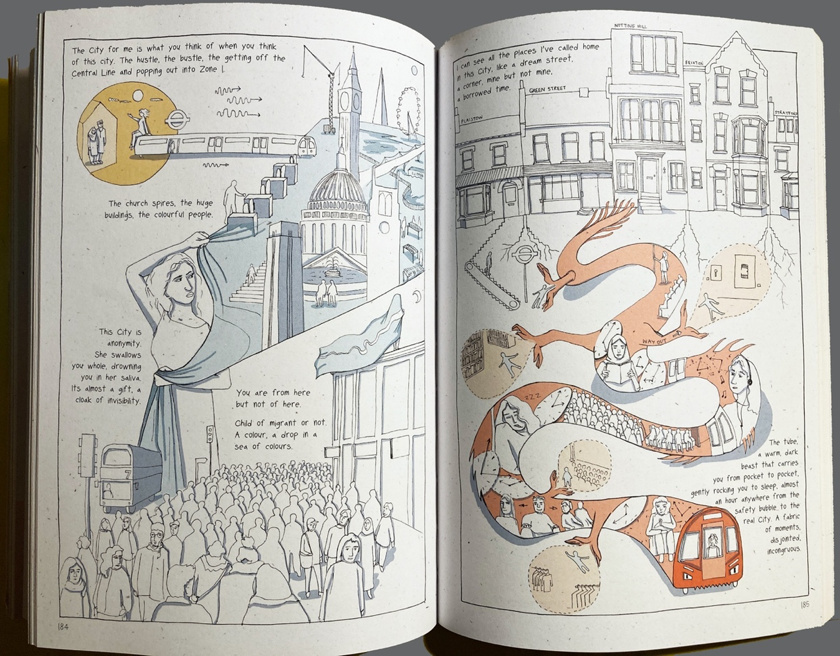Designing for Cultures - An Inquiry for a Multicultural City

URD1514H S
Instructors: Sneha Mandhan
Meeting Section: LEC0101
Wednesdays, 12:00 PM - 3:00 PM
Source: Khan, S. (2021). The Roles We Play. Myriad Editions. https://myriadeditions.com/books/the-roles-we-play/
I want to suggest a different sensibility from the bureaucratic (or regulatory) planning that dominated the twentieth century – a sensibility that is as alert to the emotional economies of the city as it is to the political economies; as alert to city senses (of sound, sight, touch, smell, taste) as to city censuses; as alert to the soft-wired desires of citizens as it is to the hard-wired infrastructures; as concerned with the ludic as with the productive spaces, indeed seeing these as inseparable and complementary; a sensibility as curious about the spirit of place as it is critical or capital excesses; and above all, a sensibility which can help citizens wrest new possibilities from space, and immerse themselves in their cultures while respecting those of their neighbours, and collectively forging new hybrid cultures and spaces.
(Sandercock, 2003, p. 10)
This sensibility lies at the heart of this course – a sensibility that aims to address how we, as designers, can move beyond urban design that is based on a universalist, colonial, global, and commodified interpretation of ‘big-C’ culture, and start to unearth ways in which the many ‘little-c’ cultures – those that form ‘the informal logic of actual life’ – occur in and with urban space in multicultural cities like Toronto (Geertz, 1973). This course explores the central questions: In what ways do multiculturalism and diversity manifest in our built environment, and how can we start to unearth these manifestations and design better urban spaces for them?
This course is a design seminar – each week, students will be provided with a couple of readings that explore a family of concepts related to cultures and their physical manifestations in geographical space, and which will form the basis of discussion for the class session. Class sessions will also be animated by different forms of media – fiction, film, radio, art etc. – that are windows into the cultural lives of different groups of people. Students will then be asked to apply those concepts to a series of design analyses and exploration exercises, with both visual and written components. The goal of this class is not to arrive at a design ‘solution,’ but instead to focus on the process – on the ways in which you can start to identify moments where cultures can manifest in space and then use those as inspiration to develop a better design vocabulary.
Based on a postcolonial approach to urban design, this course aims to be an invitation and a beginning – to spark interest – in concepts that connect space and the cultures of communities that have been historically marginalized. Through readings, discussions, and design explorations, the course aims to explore how culture – embodied and experienced in space through memory, heritage, symbols, translocal imaginaries, attachment, and belonging – can be better understood and designed with and for users. Through a curated list of interdisciplinary readings, the course asks students to apply their design sensibilities to knowledge from a range of different disciplines, including anthropology, sociology, geography, and urban planning.

